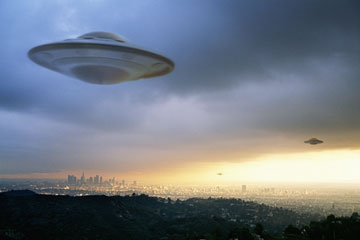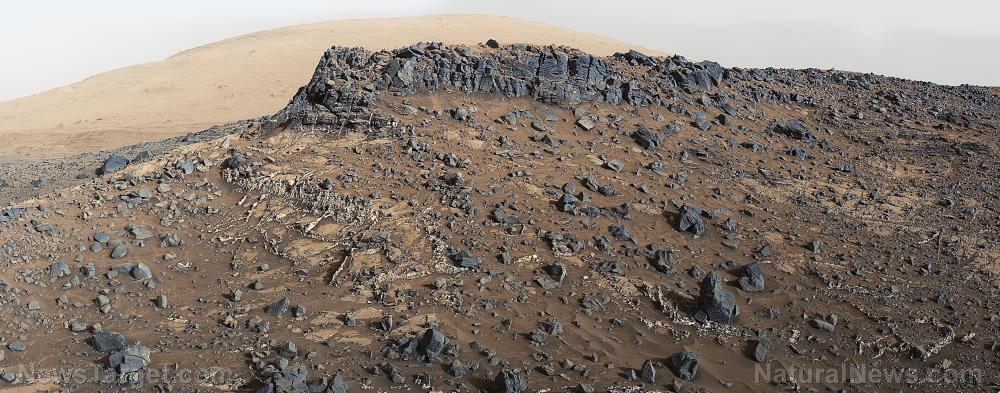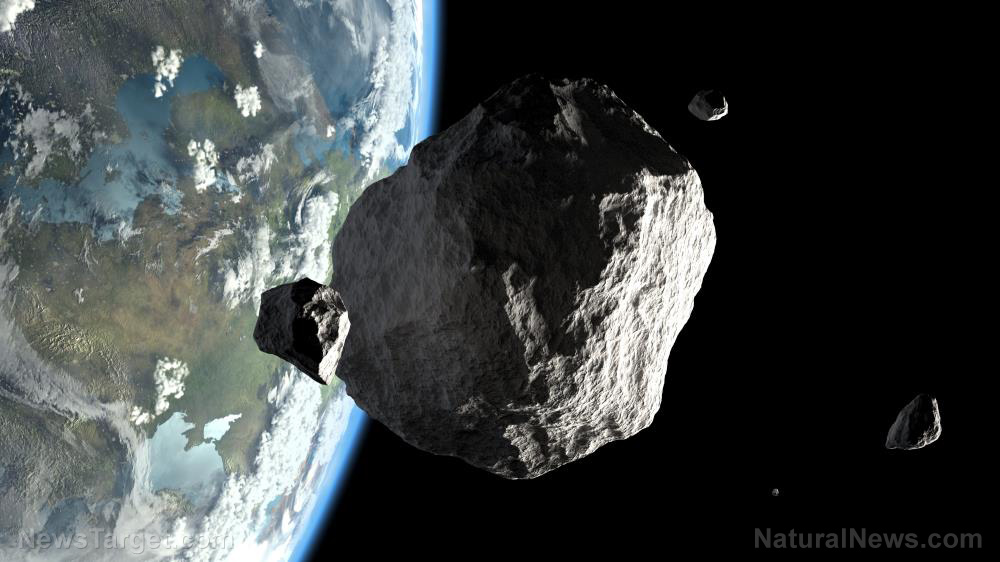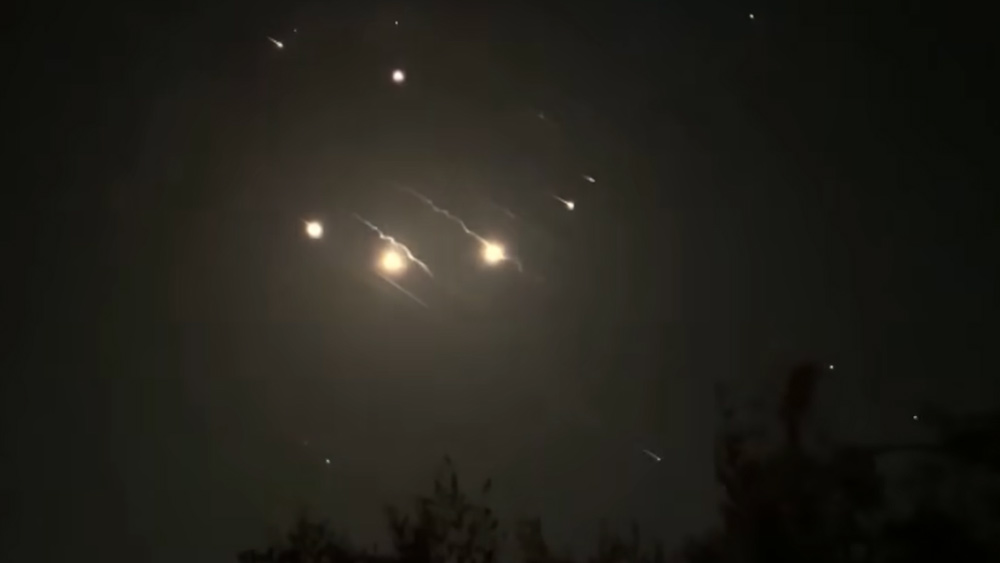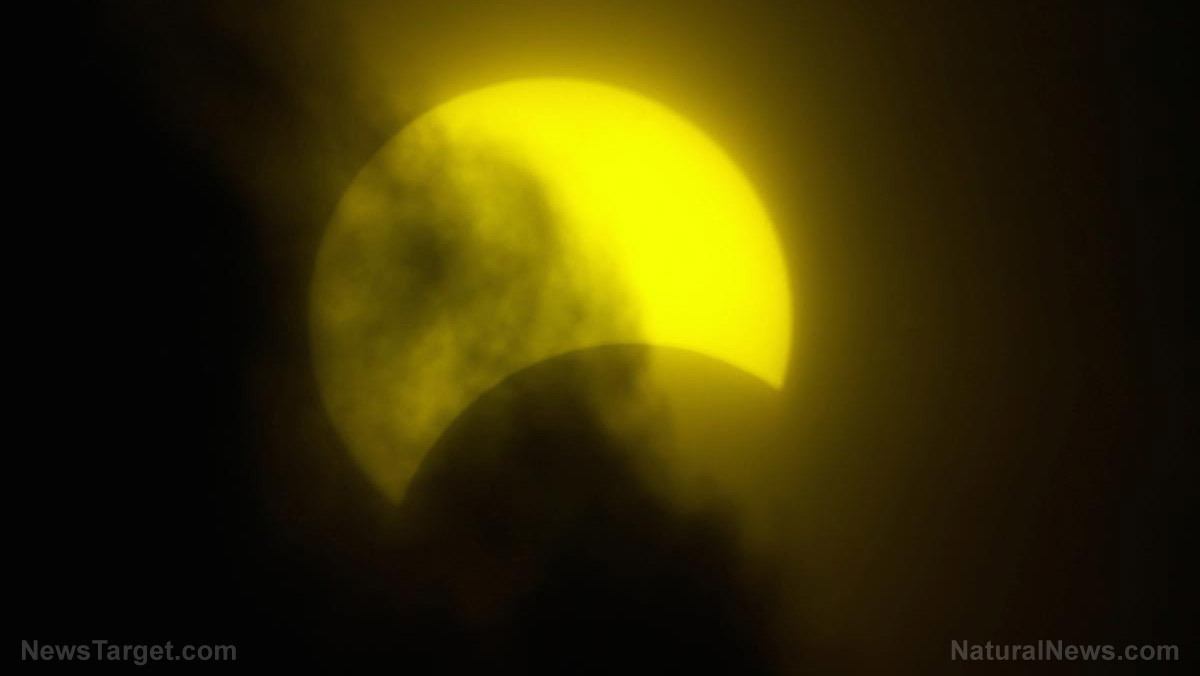
Overview
In August of 2017 America went crazy for the first coast-to-coast total solar eclipse on US soil since 1918 and it provided a great opportunity for scientists and all sky watchers. What was referred to as “The Great American Solar Eclipse” took place on August 21st, 2017 when the moon passed between the sun and earth. Total solar eclipses occur somewhere on Earth every year or so, but generally cast their shadows over oceans or remote land masses. If you missed the 2017 total solar eclipse or it turned out to be cloudy in your particular area then there will be another opportunity in just thirty days from this Friday on Monday, April 8th, 2024. This time the Moon’s dark shadow, about 115 miles wide, will cross Mexico, sweep northeast from Texas to Maine, and then darken the Canadian Maritimes.
(Article by Paul Dorian republished from WattsUpWithThat.com)
Details
The next total solar eclipse visible on US soil will come on Monday, April 8th, 2024. This one will feature a duration of totality up to 4 minutes and 27 seconds which is almost double that of “The Great American Eclipse” of August 21, 2017. It is estimated that the 2017 total solar eclipse was witnessed by around 20 million people from Oregon to South Carolina and the next one is very likely to be viewed by many millions more. The prediction of “many millions more viewers” is quite safe considering the fact that there are 31 million people already living in the totality path which will extend in a southwest-to-northeast fashion from Texas to Maine.
The solar eclipse of April 8, 2024, will be total in a narrow path from Mexico to the Canadian Maritimes and partial to the northwest and southeast. Yellow curves indicate how much of the Sun is covered by the Moon outside the path of totality. The difference between a total solar eclipse and a partial one is literally the difference between night and day, so get yourself into the path of totality if you can. Courtesy GreatAmericanEclipse.com
In the US, totality will begin on April 8th, 2024 at 1:27 (CDT) in Texas and will end in Maine at 3:35 pm (EDT). The narrow path of totality—where the Moon covers the Sun completely, causing a total eclipse – runs through Mexico (from Sinaloa to Coahuila), the US (from Texas to Maine), and Canada (from Ontario to Newfoundland). And if you happen to live in southern Illinois or southeastern Missouri then you will be lucky enough to be in the “totality zone” for the second time when including the 2017 celestial event. A partial eclipse will be visible across nearly all of North America, and a sliver of western Europe.
This animated GIF shows the Moon’s shadow arcing across the Pacific, then traversing North America, and ending at sunset not far from Spain. The longest duration will be near Torreon, Mexico at 4 minutes and 27 seconds. The inner black circle, the umbra, is where the shadow is complete — a total eclipse of the Sun. The outer shadow circle, the penumbra, shows the extent of the partial eclipse. The partial eclipse will be slight near the outer circle and deep near the path of totality.
During a total solar eclipse, the Moon blocks the Sun’s bright face — the photosphere — briefly revealing our star’s outer atmosphere: the shimmering corona, or “crown.” The corona is always there, but we usually can’t see it because the photosphere is about a million times brighter and drowns it out. When the Moon covers the Sun’s bright face, the corona is definitely the main attraction, and depending on location, the corona will be visible for up to 4 minutes 28 seconds.
Made of rarefied gas heated to millions of degrees, with its atoms highly ionized (stripped of electrons), the corona gets sculpted into streamers and loops by the Sun’s powerful magnetic field and shines with a light seen nowhere else. Those who have witnessed it say it is hauntingly beautiful and one of the most awesome sights in all of nature. During those moments of totality, it is safe to look directly at the Sun, even through binoculars or a telescope. But whenever any part of the photosphere is uncovered, it is essential to view the Sun through a safe solar filter, that is, one that meets the transmission requirements of the ISO Spec 12312-2, sometimes labeled as: 12312-2:2015 which is an international safety standard. Such filters are widely available and are not too costly. Looking at the uneclipsed or partially eclipsed Sun through dark sunglasses or any other unapproved filter is a recipe for serious and potentially permanent eye injury (i.e., do not use regular sunglasses).
At the beginning and end of totality, the thin middle layer of the Sun’s atmosphere, the chromosphere, blazes in an arc of ruby red. The sky darkens to a deep twilight blue, with yellow, orange, and pink sunrise/sunset colors on the horizon in all directions. Bright stars and planets may become visible in the darkened sky and the air temperature will often drop noticeably. The dark sky even tricks nocturnal animals into thinking it’s nighttime and you may hear crickets chirping or see birds returning to their nests.
Remember…when it comes to solar eclipses…99% is definitely not the same as 100%…getting inside the path of totality is critical as this is the only place the corona can be seen.
One final note… after 2024, the next total solar eclipse to be visible from the United States will be in 2044.
Read more at: WattsUpWithThat.com
Please contact us for more information.















